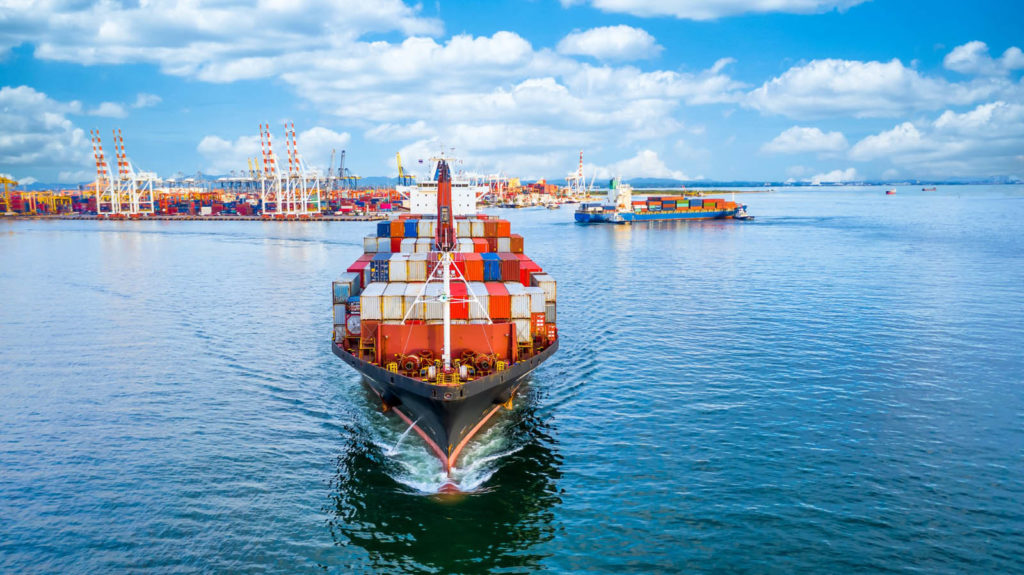What companies in the advanced textiles industry need to know.

by Janet Preus
A panel lead by trade attorney Nate Bolin, partner, DLA Piper, with the Hon. Bill Jackson, asst. U.S. trade representative for textiles, and John Macisso, legal counsel and director of global trade compliance, Albany International Corp., discussed priorities of the Biden administration and how they will likely impact the textile industry.
Their session at IFAI Expo’s Advanced Textiles Conference in Nashville focused on the U.S. trade agenda and supply chain security in the wake of the COVID-19 pandemic. Jackson says the administration wants to shift its focus to one that puts the interests of workers and disadvantaged groups in our country first. It is also seeking to examining the root causes of migration coming from Central American countries, a concern that is part of the Central America Free Trade Agreement (CAFTA).
“We know that textiles are a big industry there,” Jackson says, “[There are] jobs on both sides of that supply chain.” Supply chain issues generally, but particularly those that relate to critical products such as high-tech components and PPE, are also a key priority.
Although there has been some pressure from U.S companies to allow importing more products from countries outside of U.S. trade agreement partners, that is “not consistent with what we’re doing,” says Jackson. “You can’t attract new investment in growth with the participants if they don’t have the advantages of the agreements in place.”
He is confident that growth will happen. “We have a tremendous capacity here in the western hemisphere to actually produce more in this region—competitively,” he says. “China will continue to be a big player, but we’ve had too many eggs in the China basket. We’re seeing a once in a generation opportunity to shift that production to the U.S.”
Following the rules for CAFTA or any other trade agreement—throughout the supply chain— is part of the arrangement. For global companies, it’s also necessary to understand the dynamics of each region where you’re doing business.
“I don’t know any other way to manage this, other than a risk management assessment process,” Macisso says. “Go through your products, understand who your partners are. Are they regulated? Are they regulated in Europe? You need to go through each one. Bring it to someone’s attention if you deem it to be a risk. The hope is that when you do make a mistake, it will be lower risk, lower cost, and you’ll be able to fix it.”
The Office of the U.S. Trade Representative is very much focused on helping U.S. companies address and deal with barriers to doing business internationally. “Check with the U.S. embassy in that county. They have boots on the ground who know the language and the culture. If that doesn’t work, it may have to rise to a higher level,” Jackson says. There is also a considerable amount of information from the U.S. government about business practices and the business climate online. “Use those resources, too,” he adds.
 TEXTILES.ORG
TEXTILES.ORG


